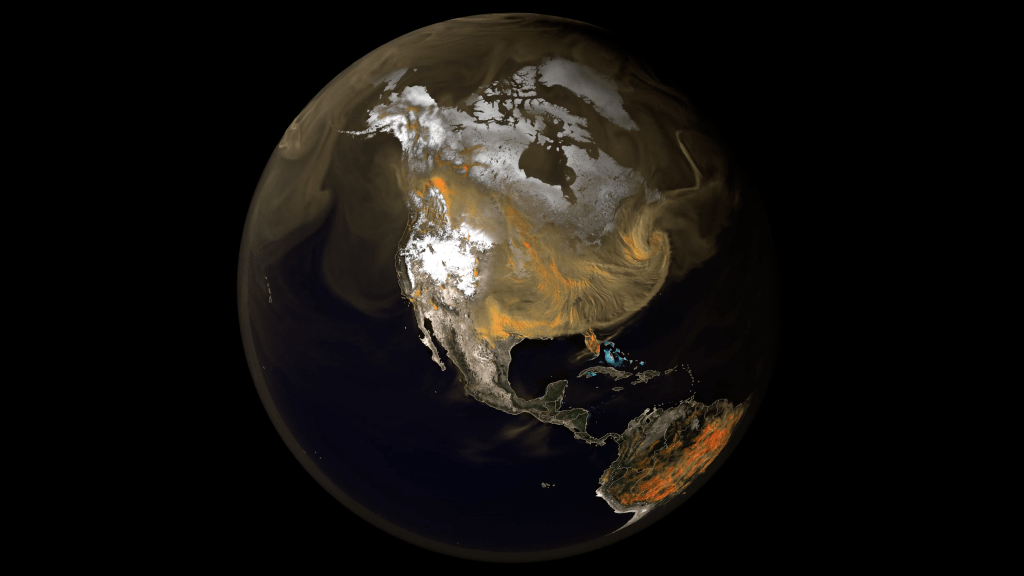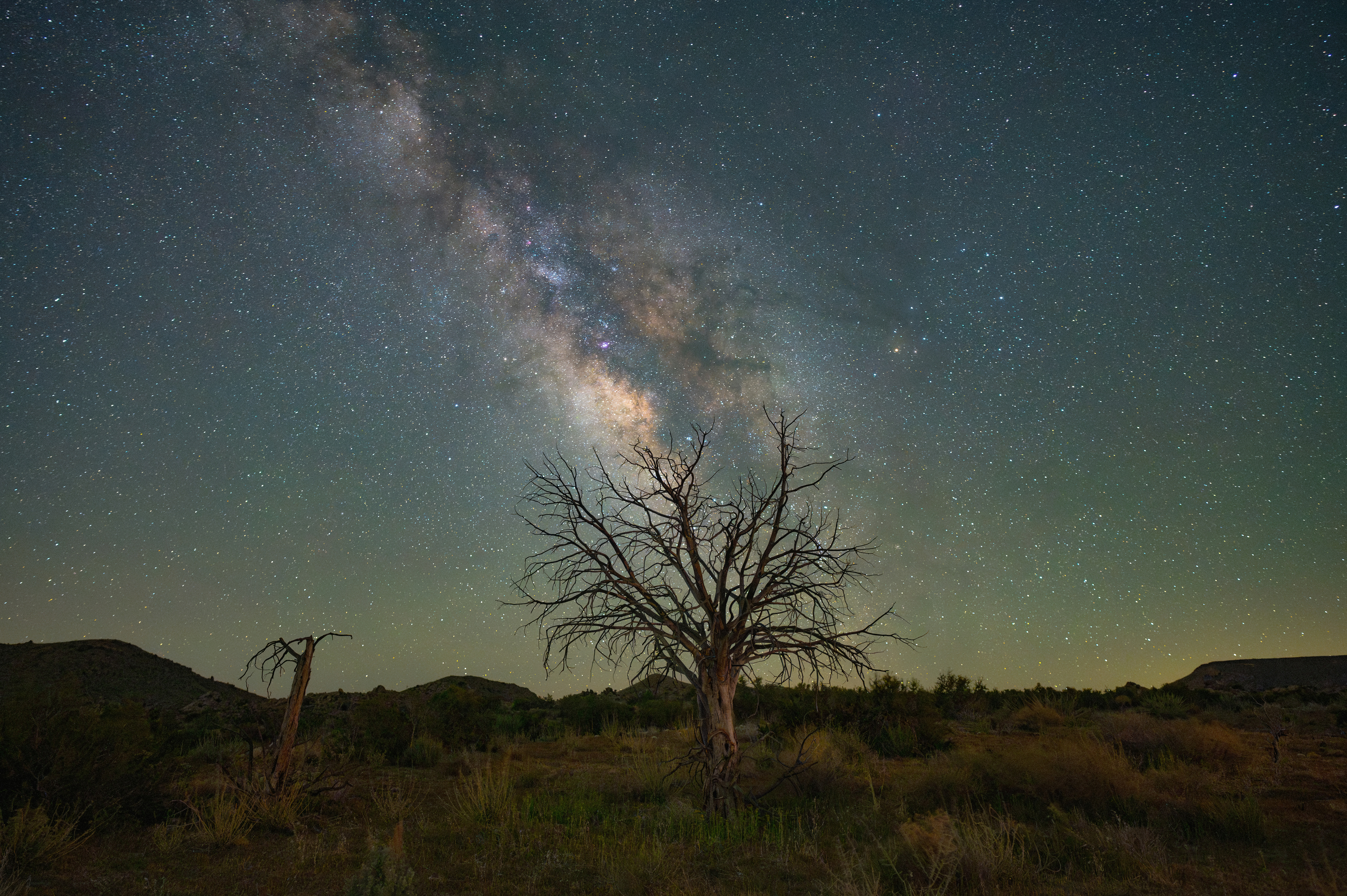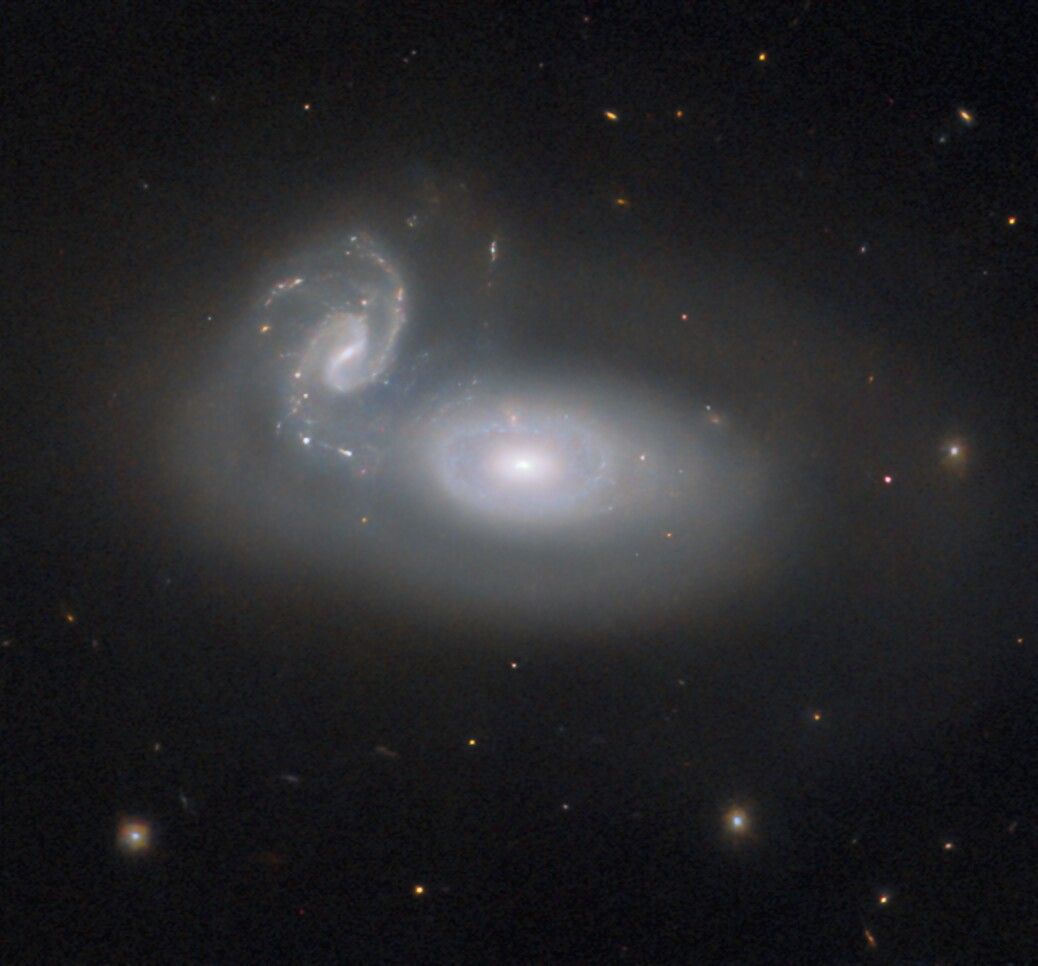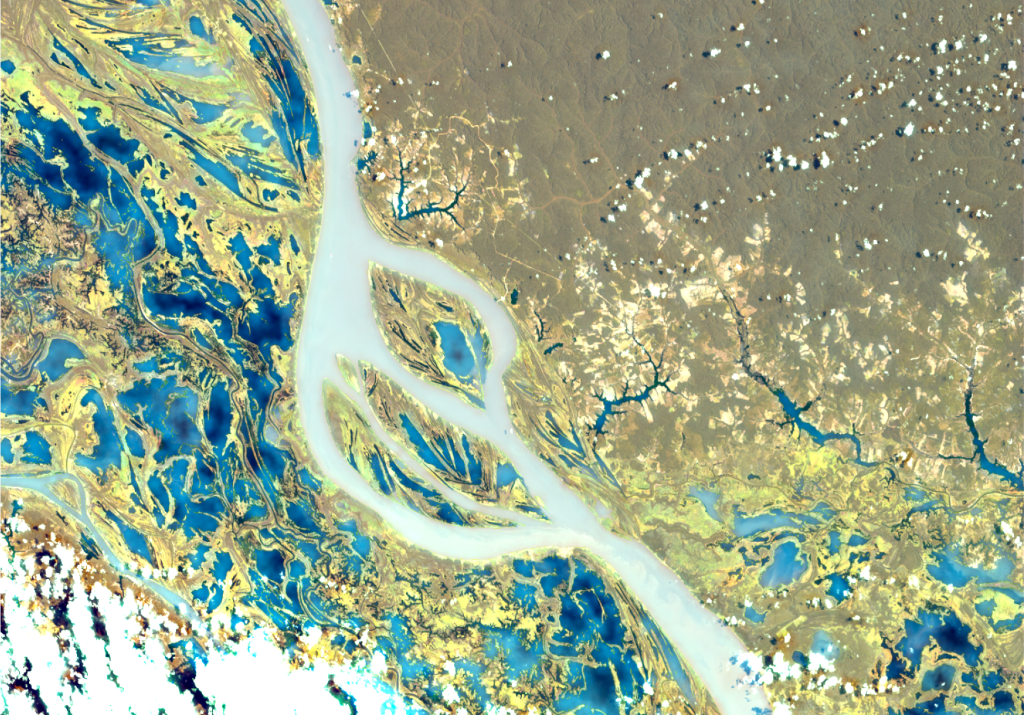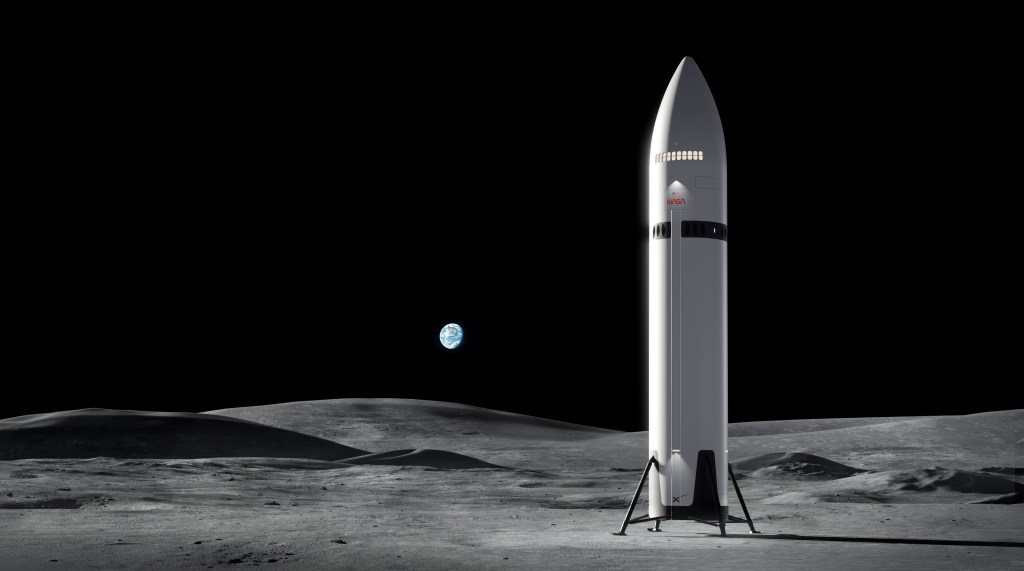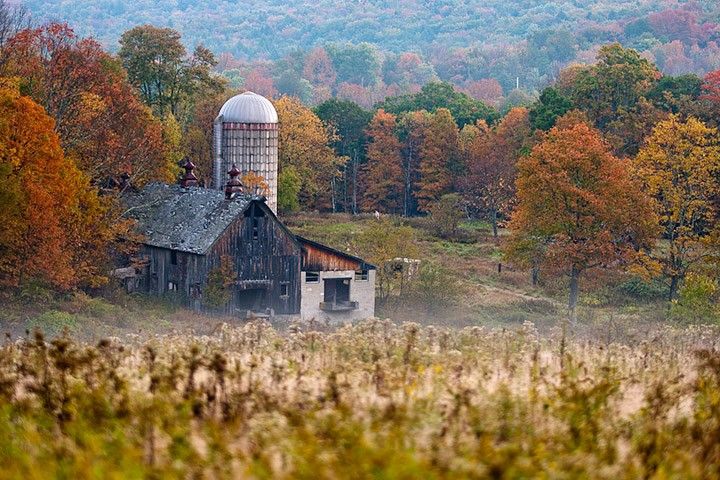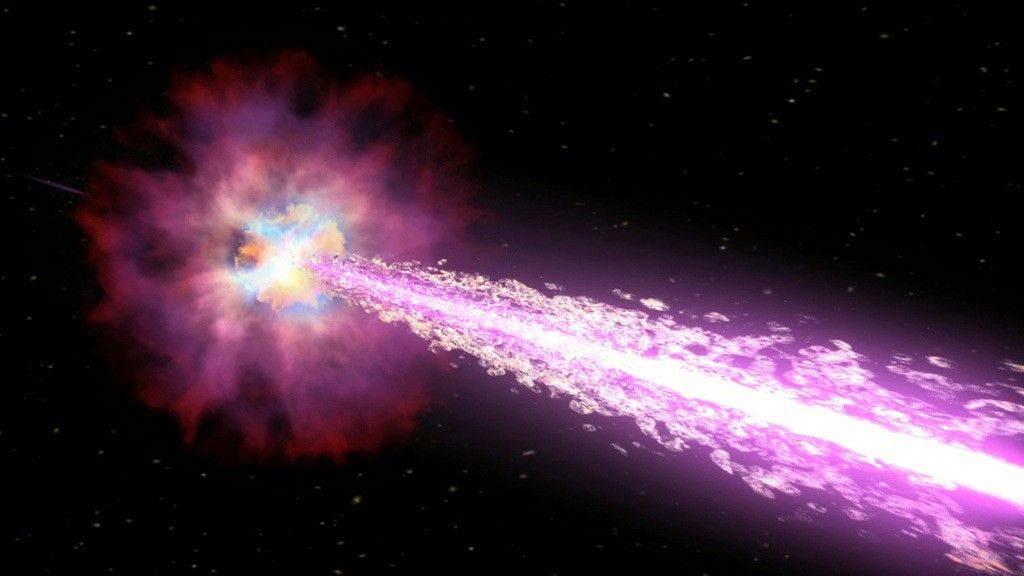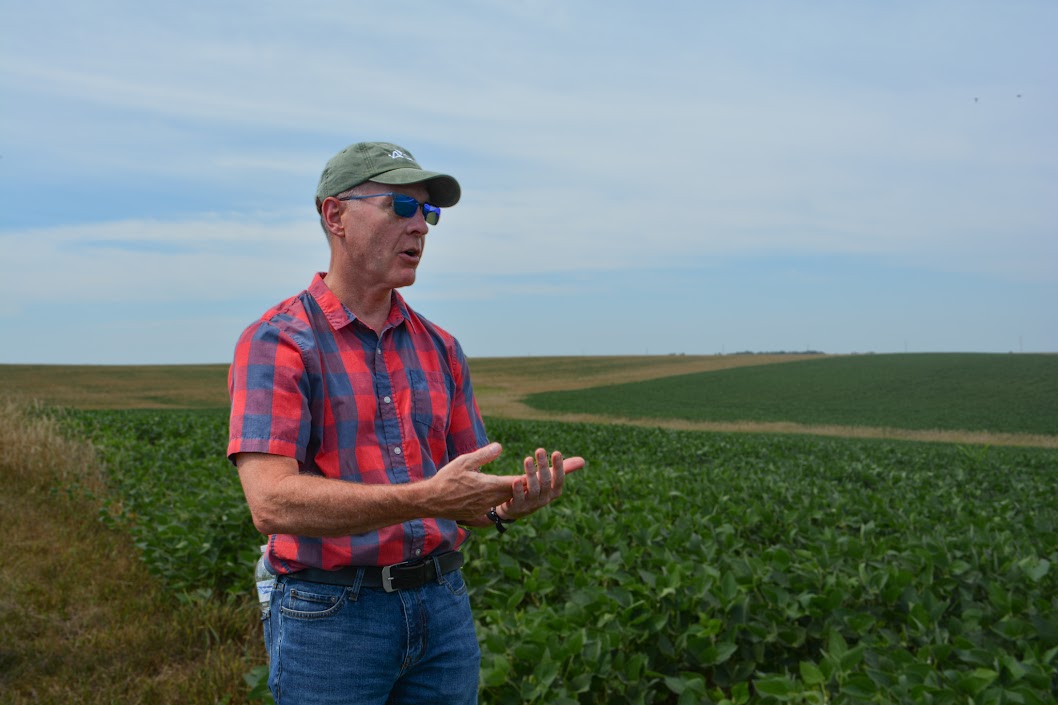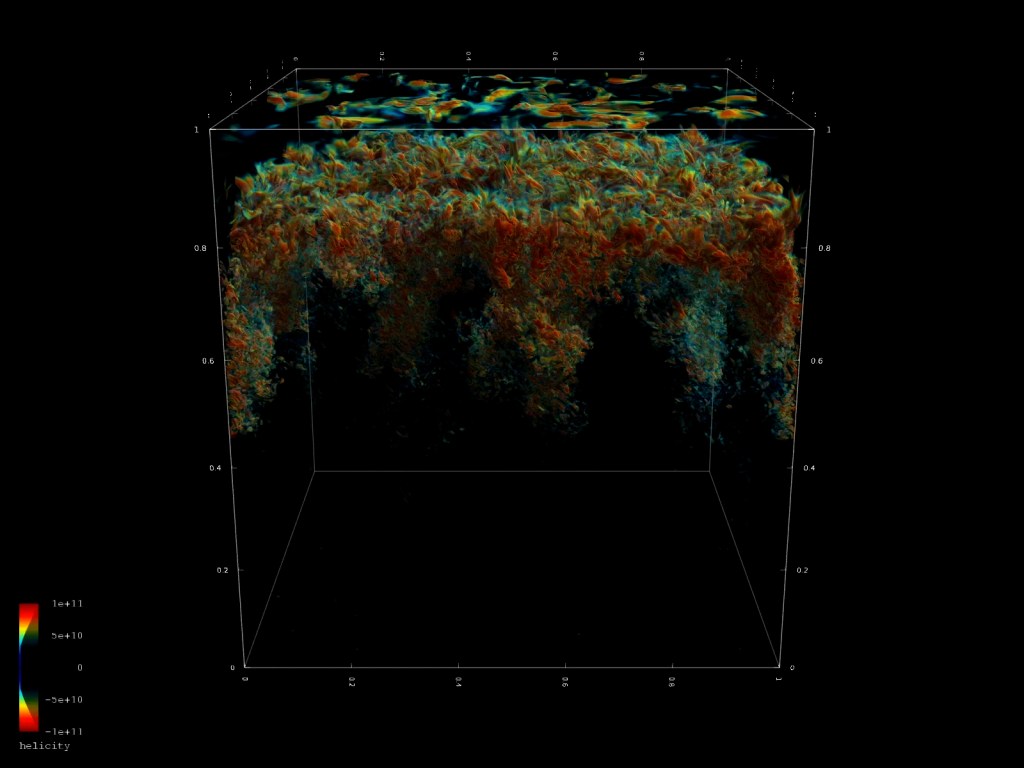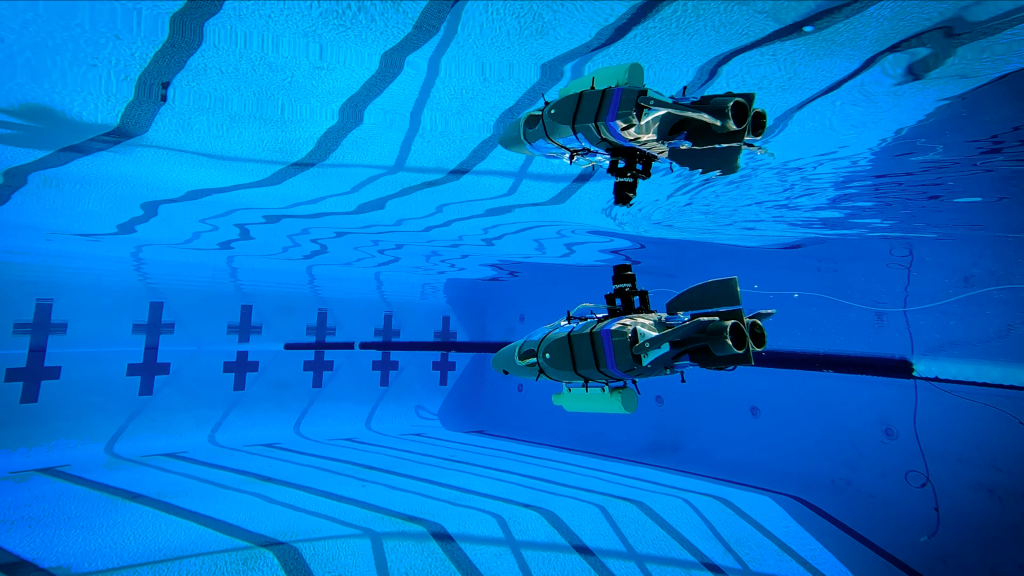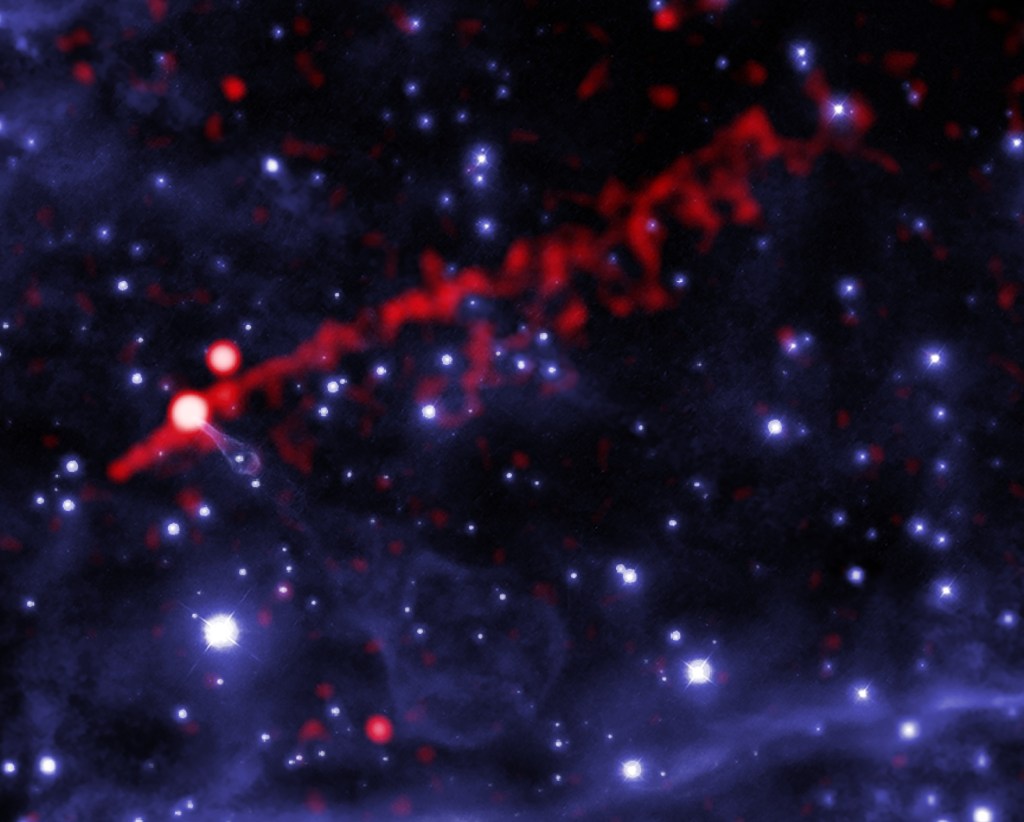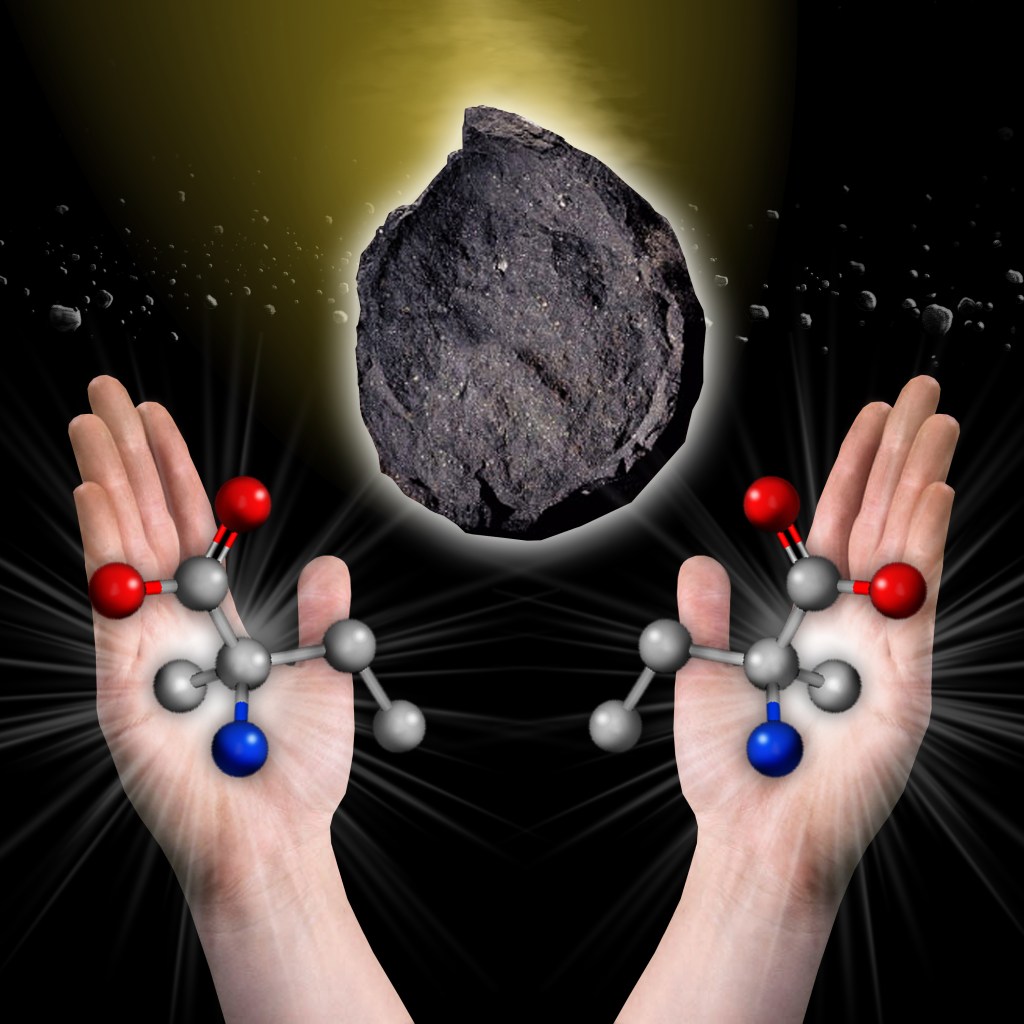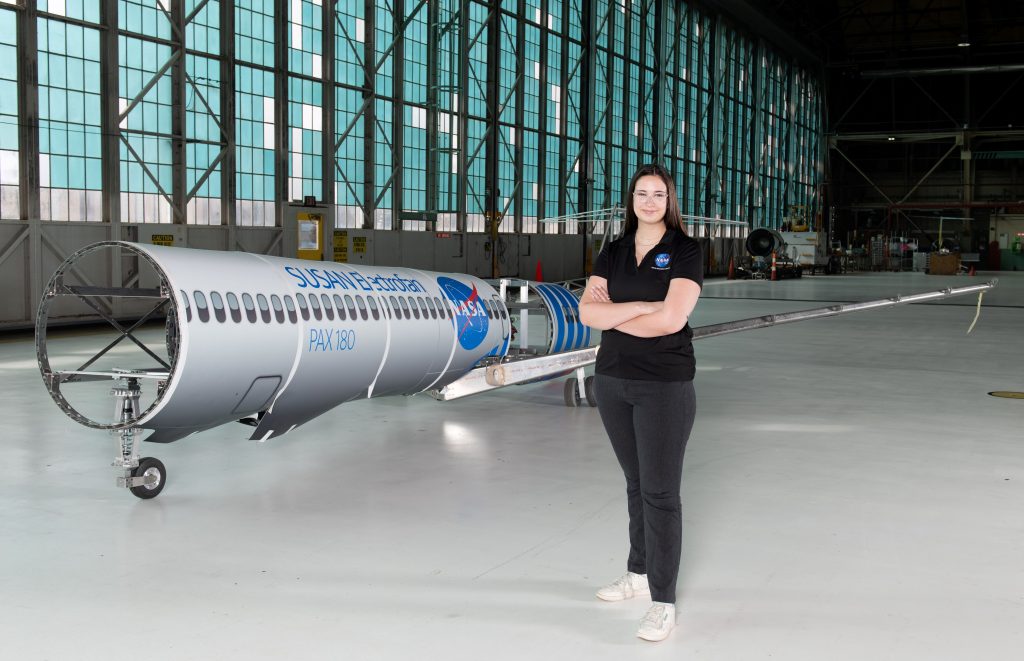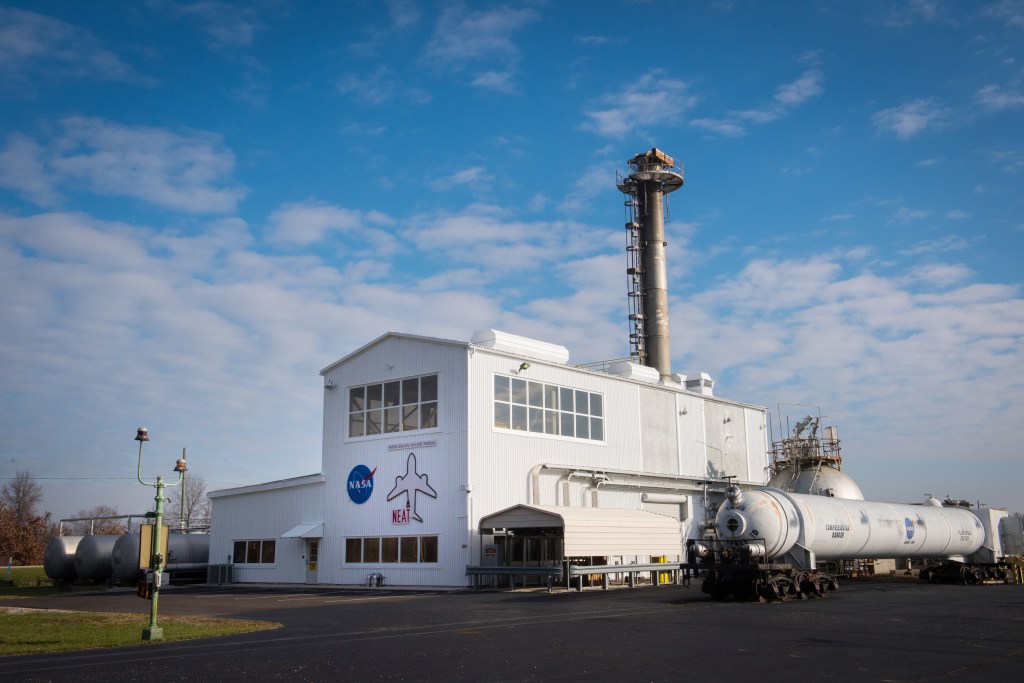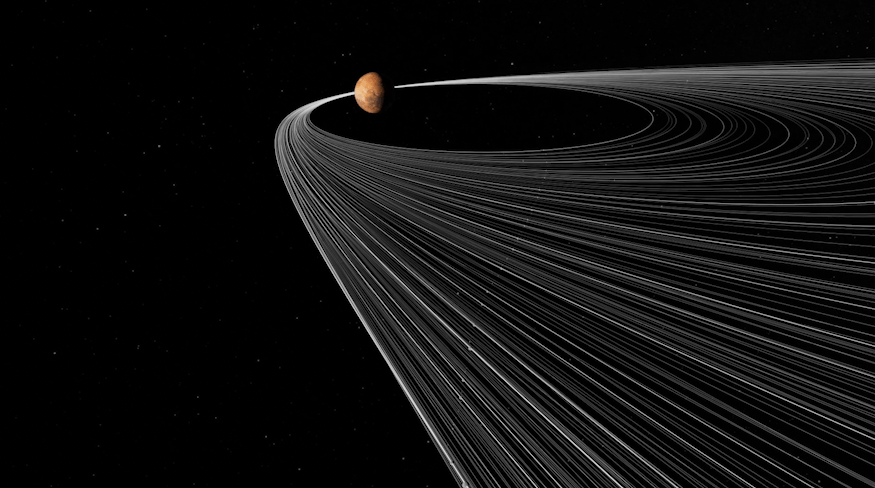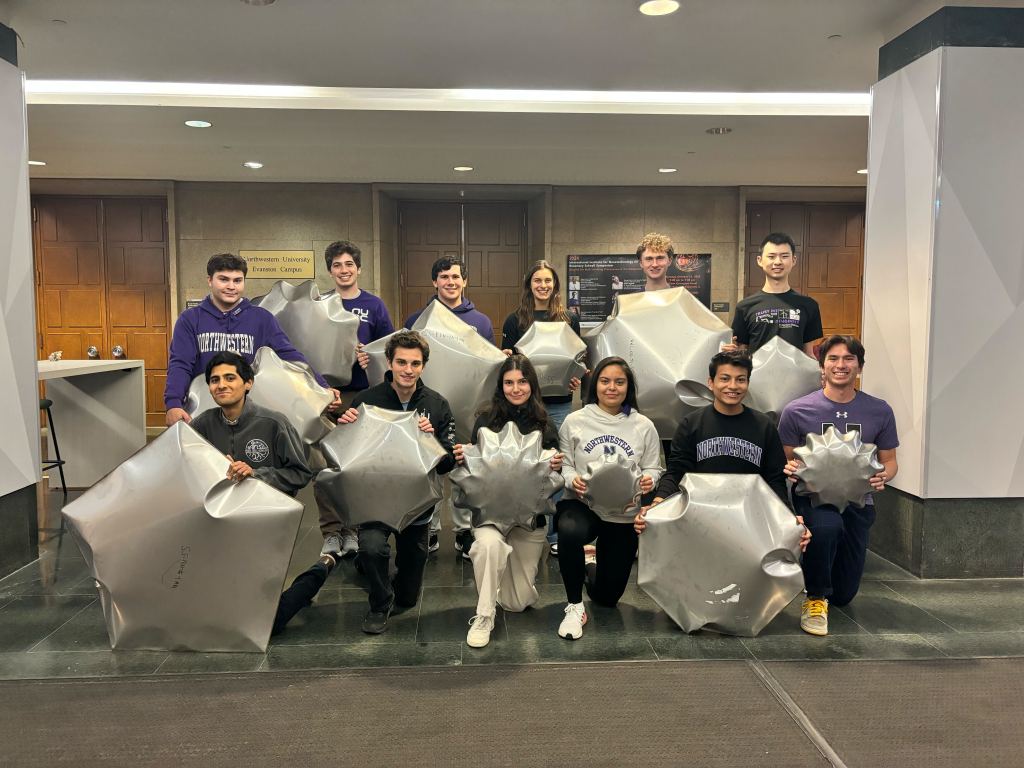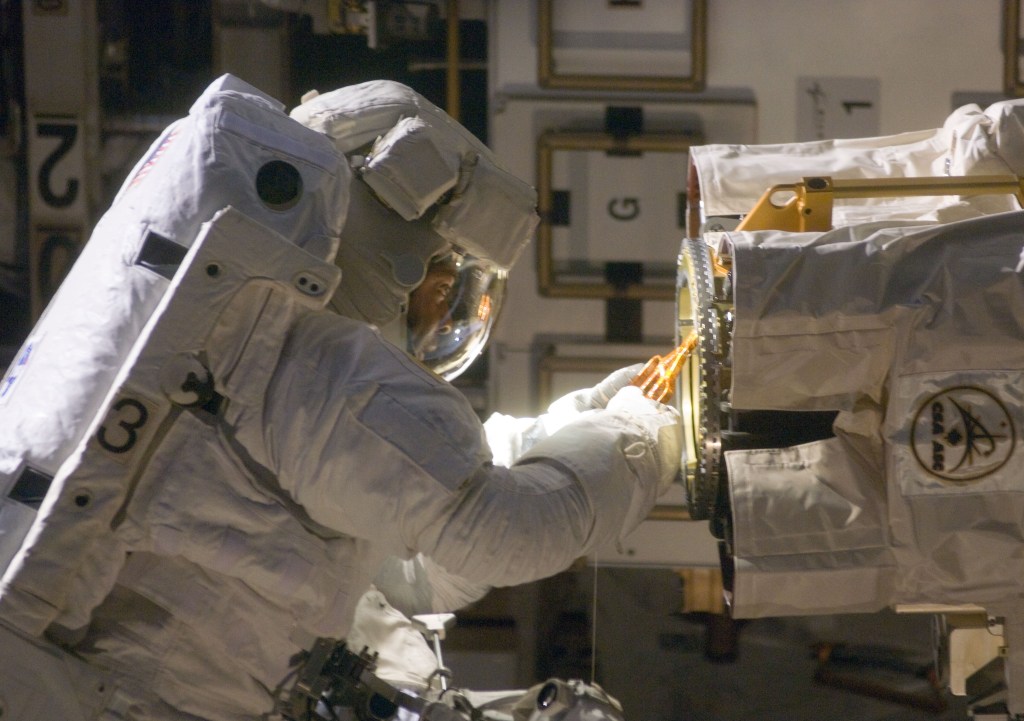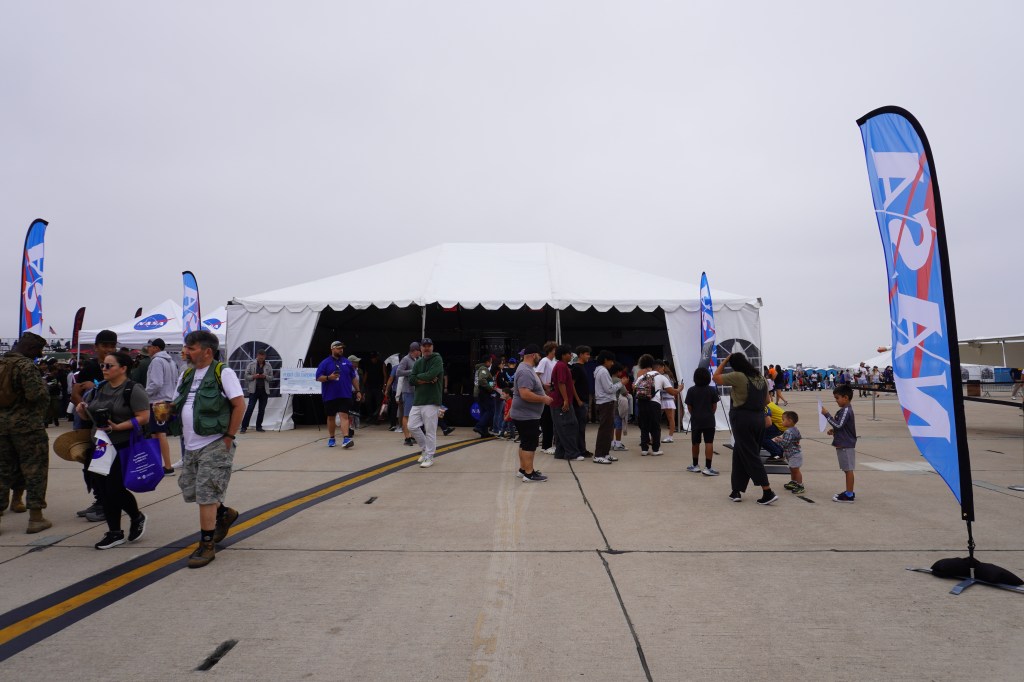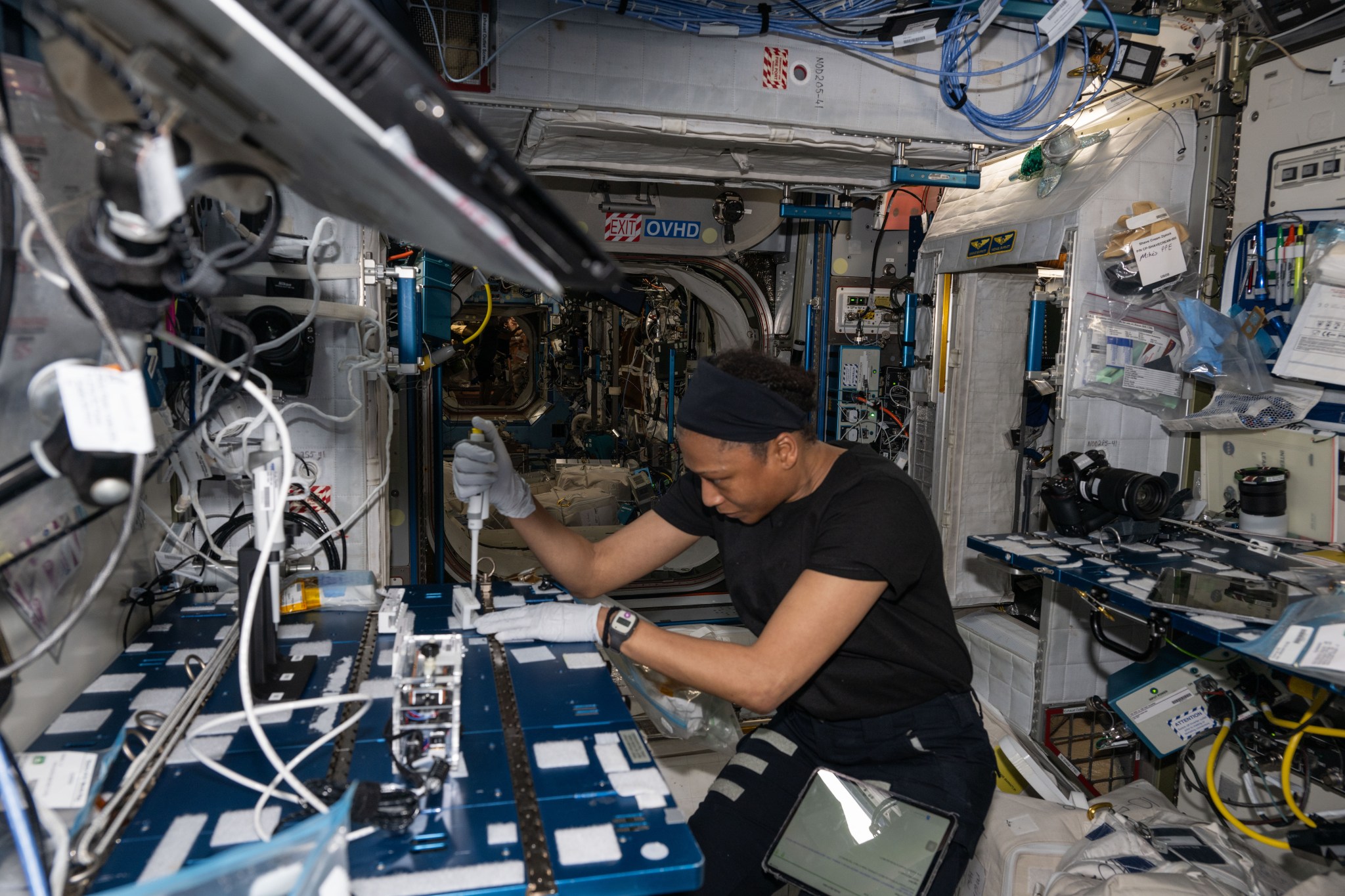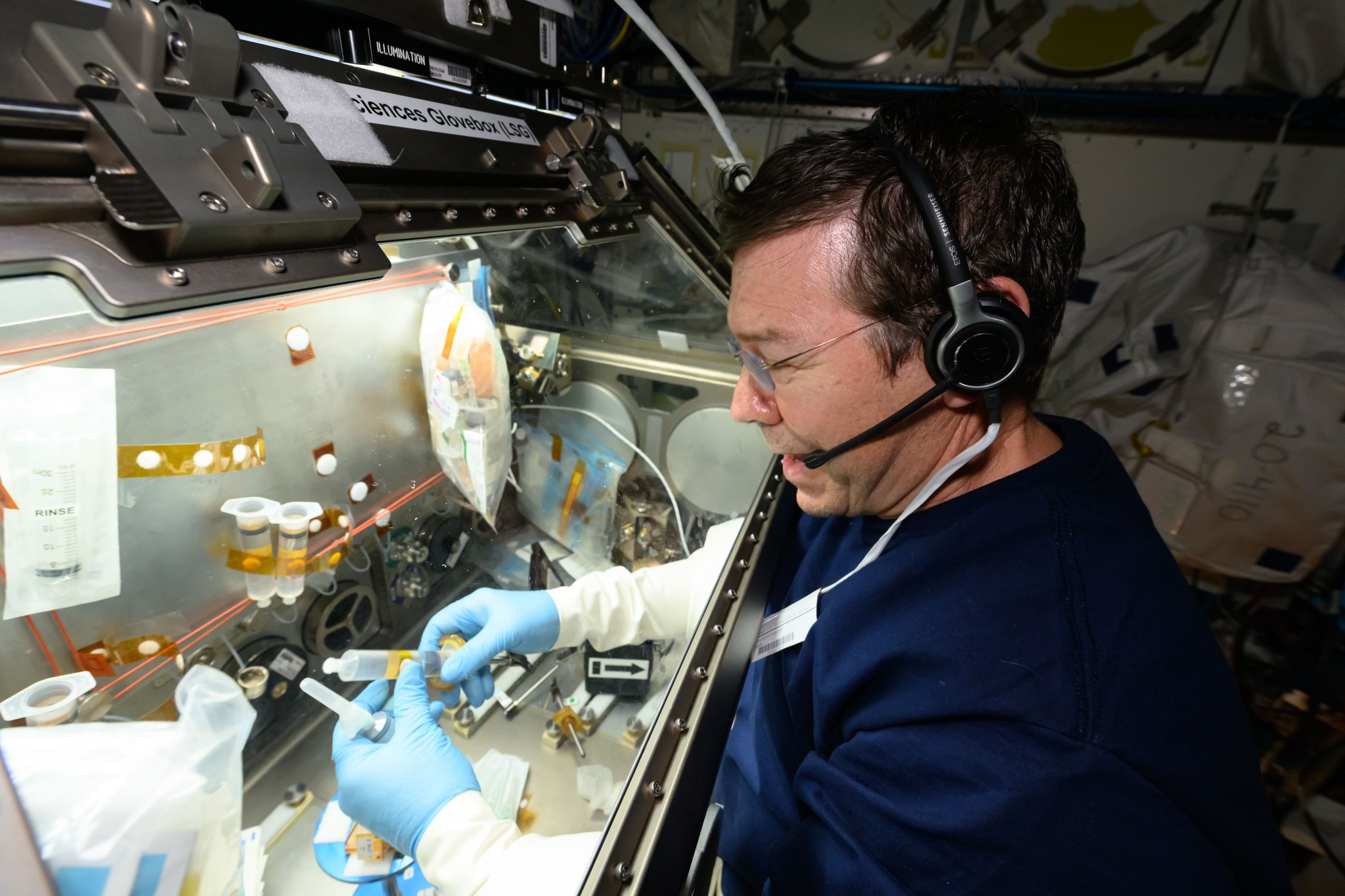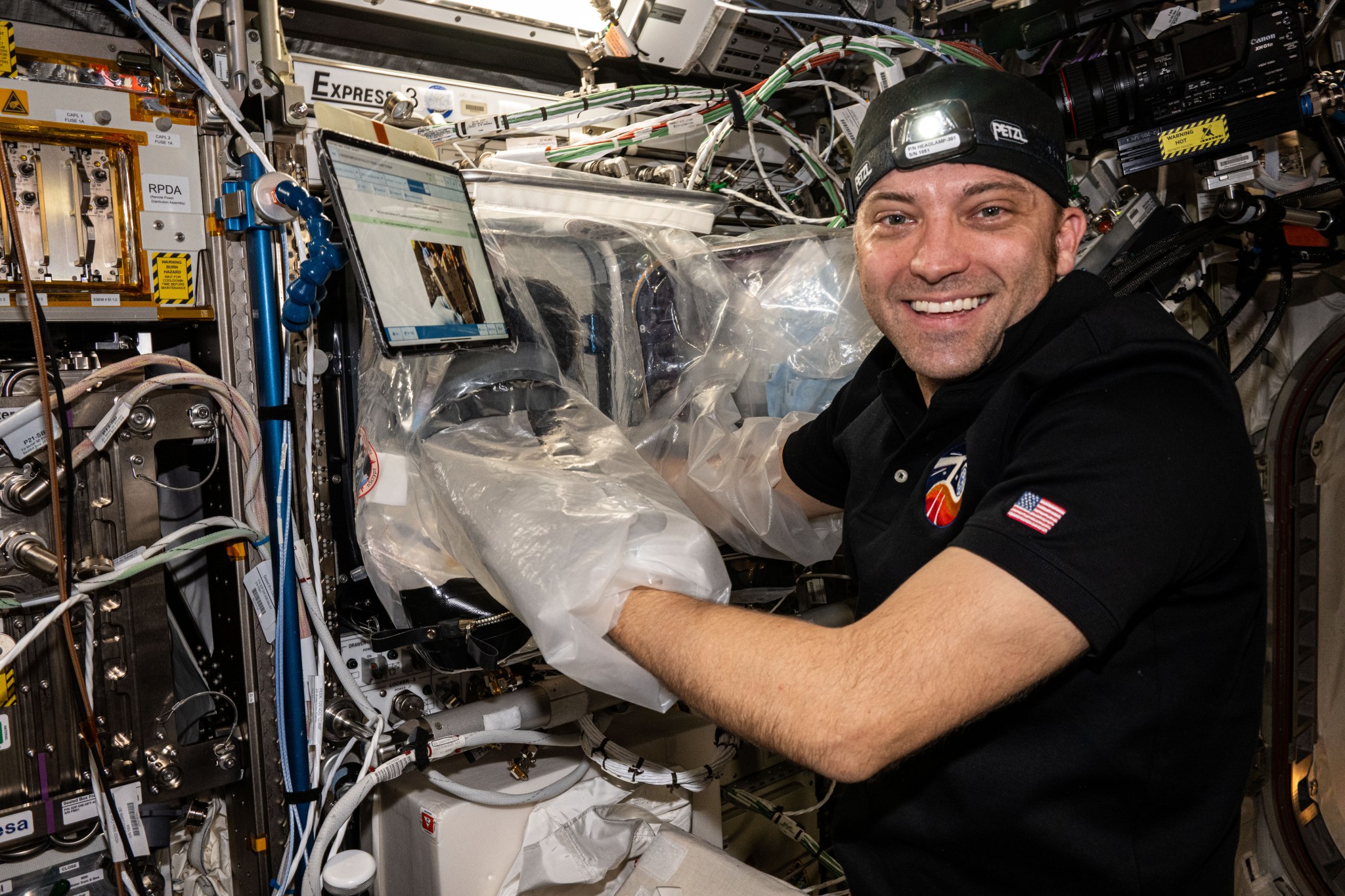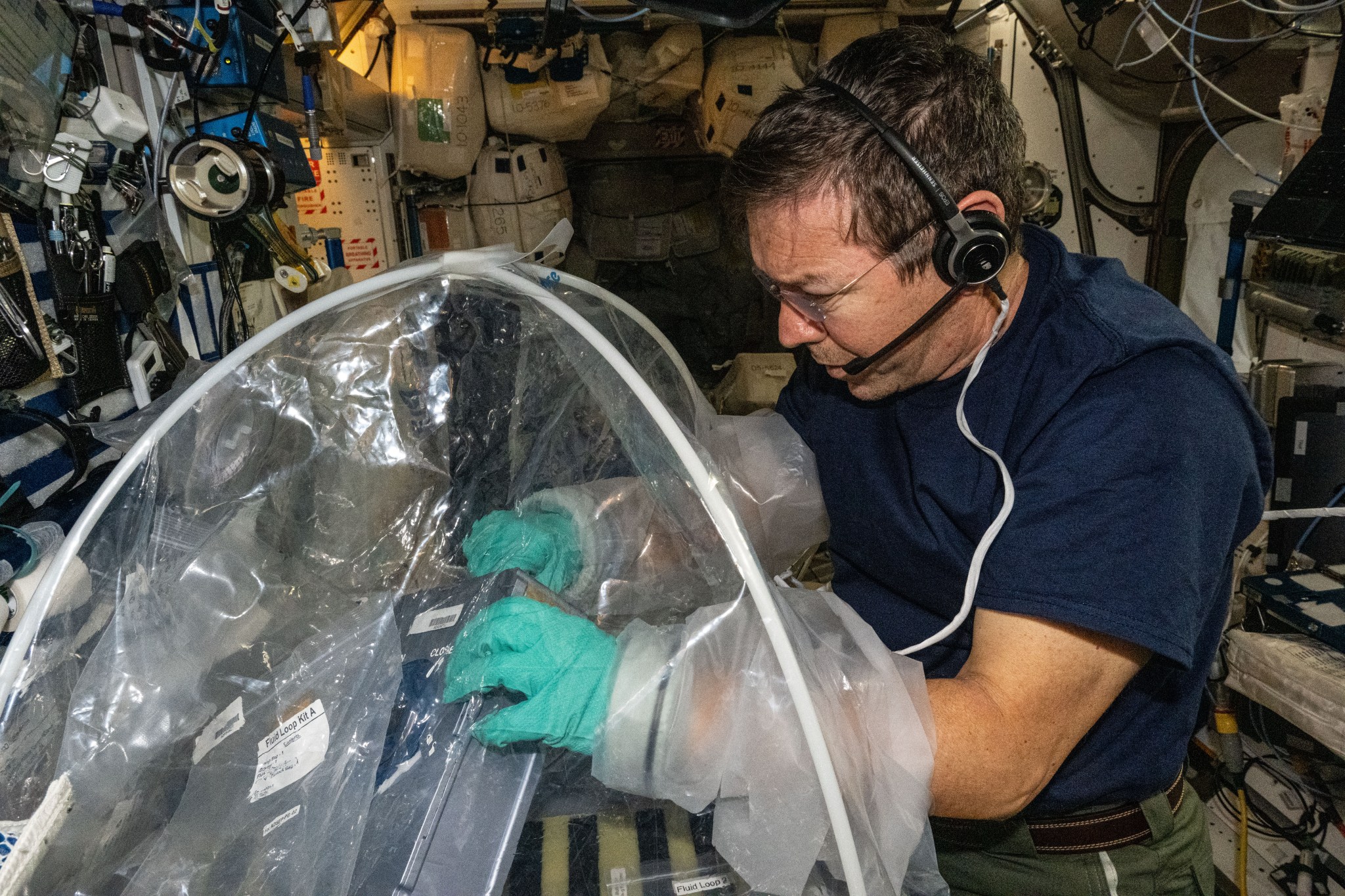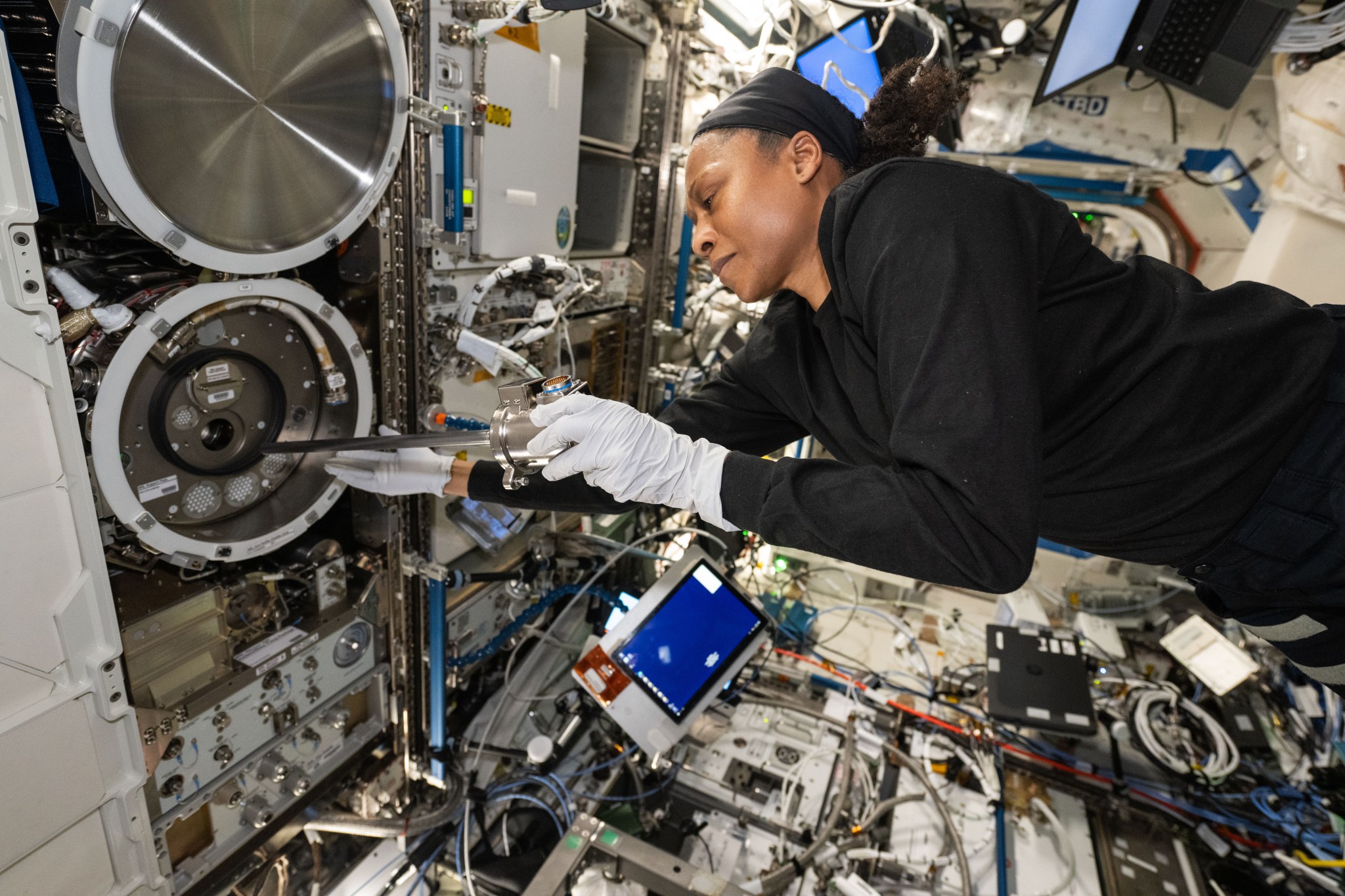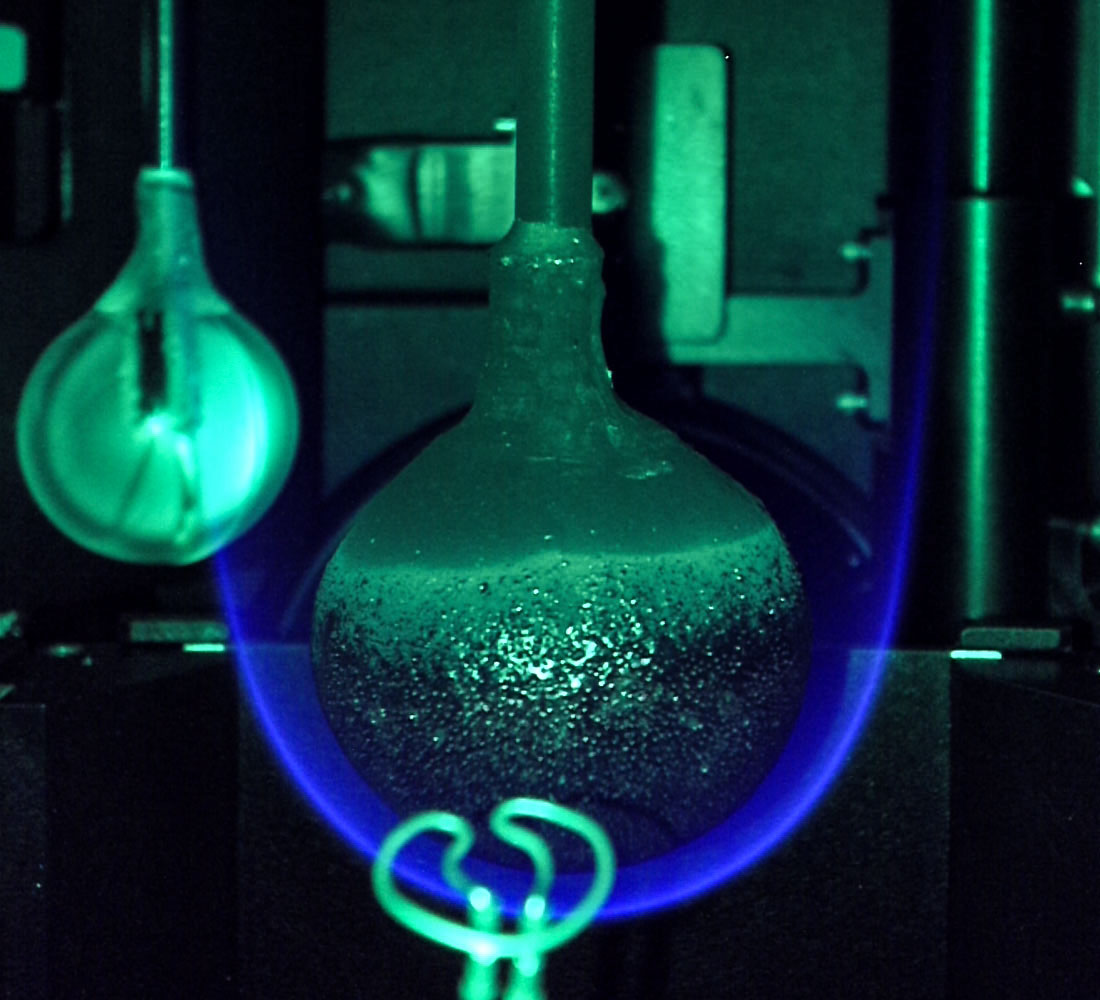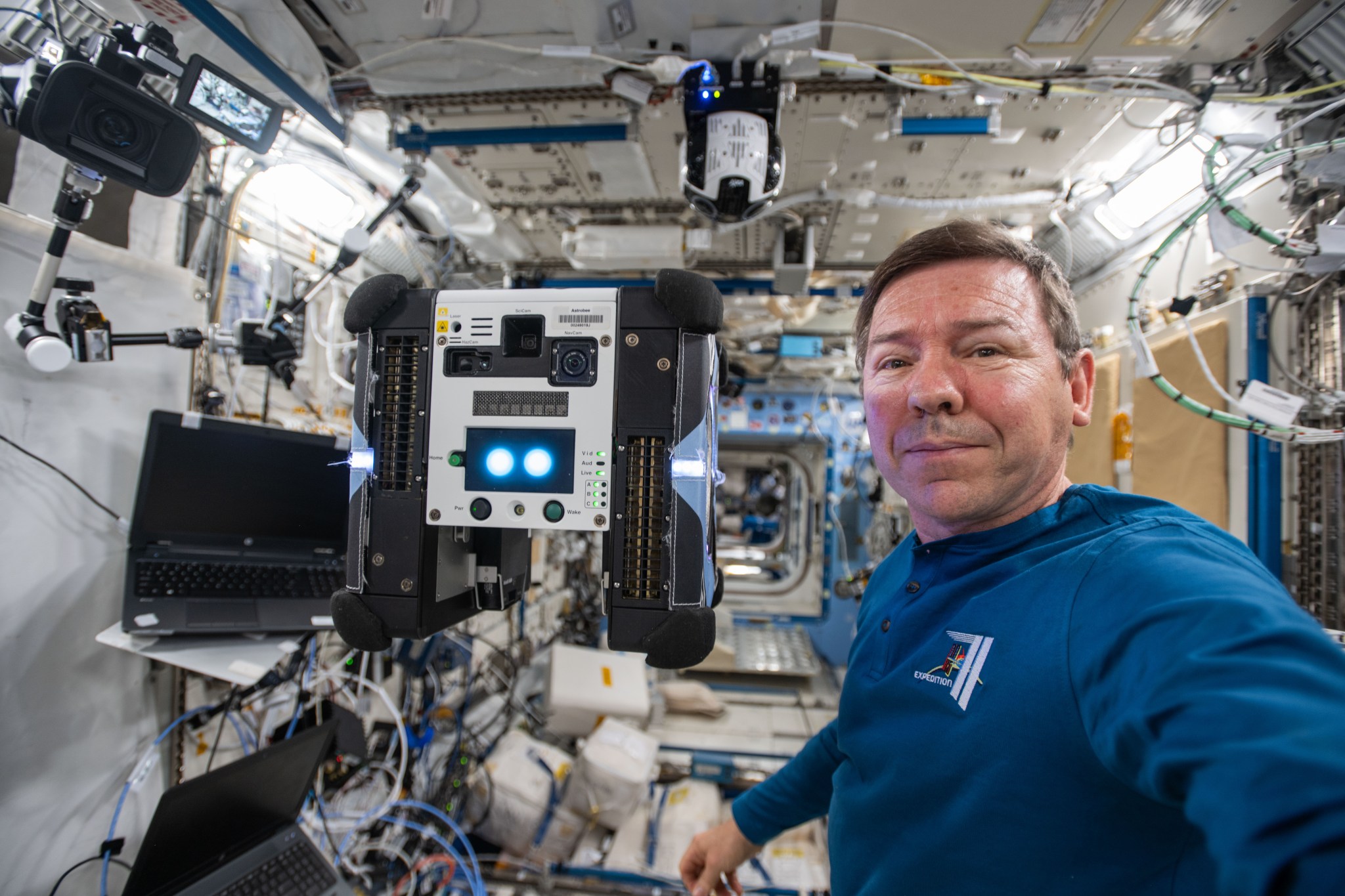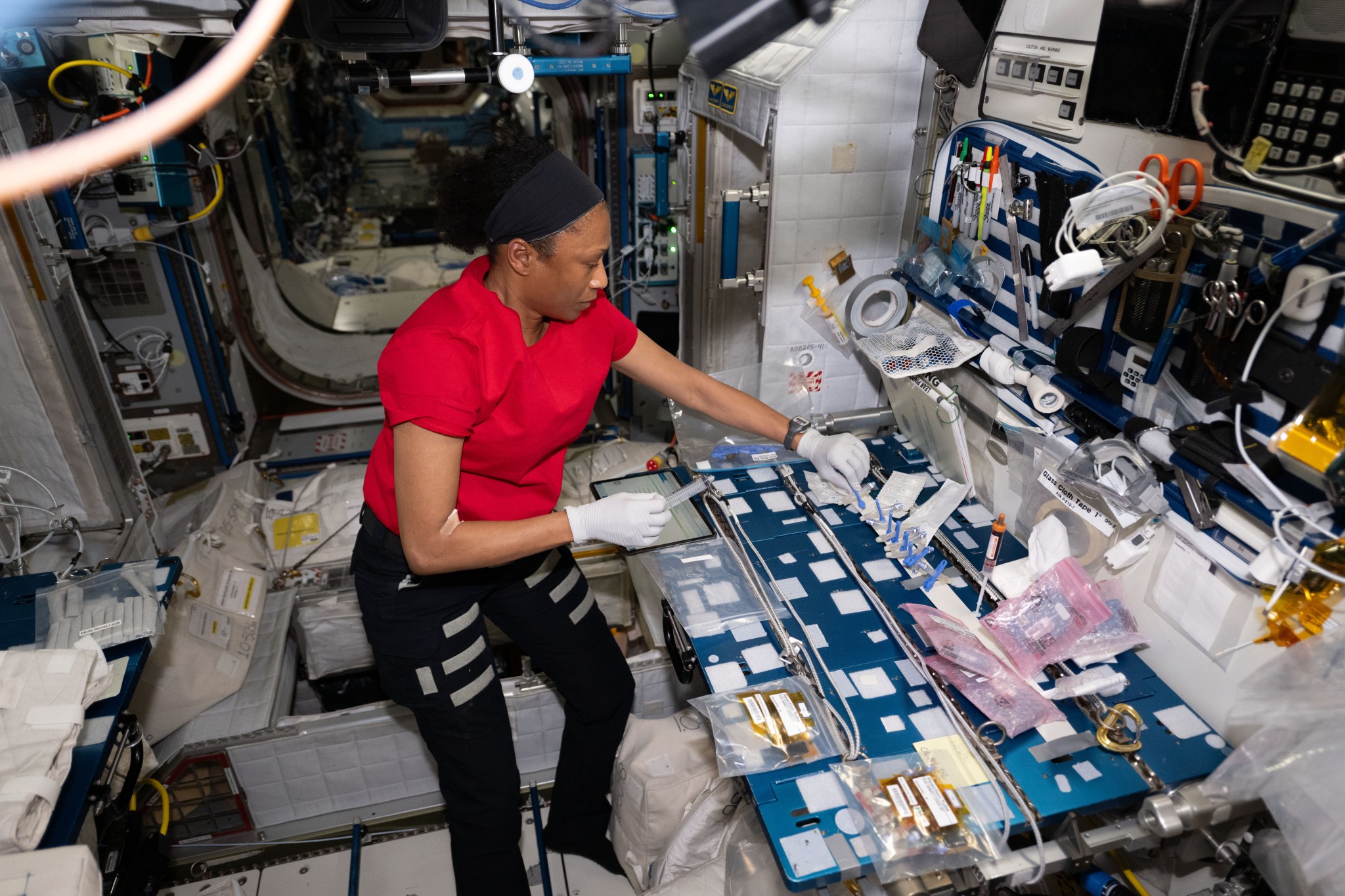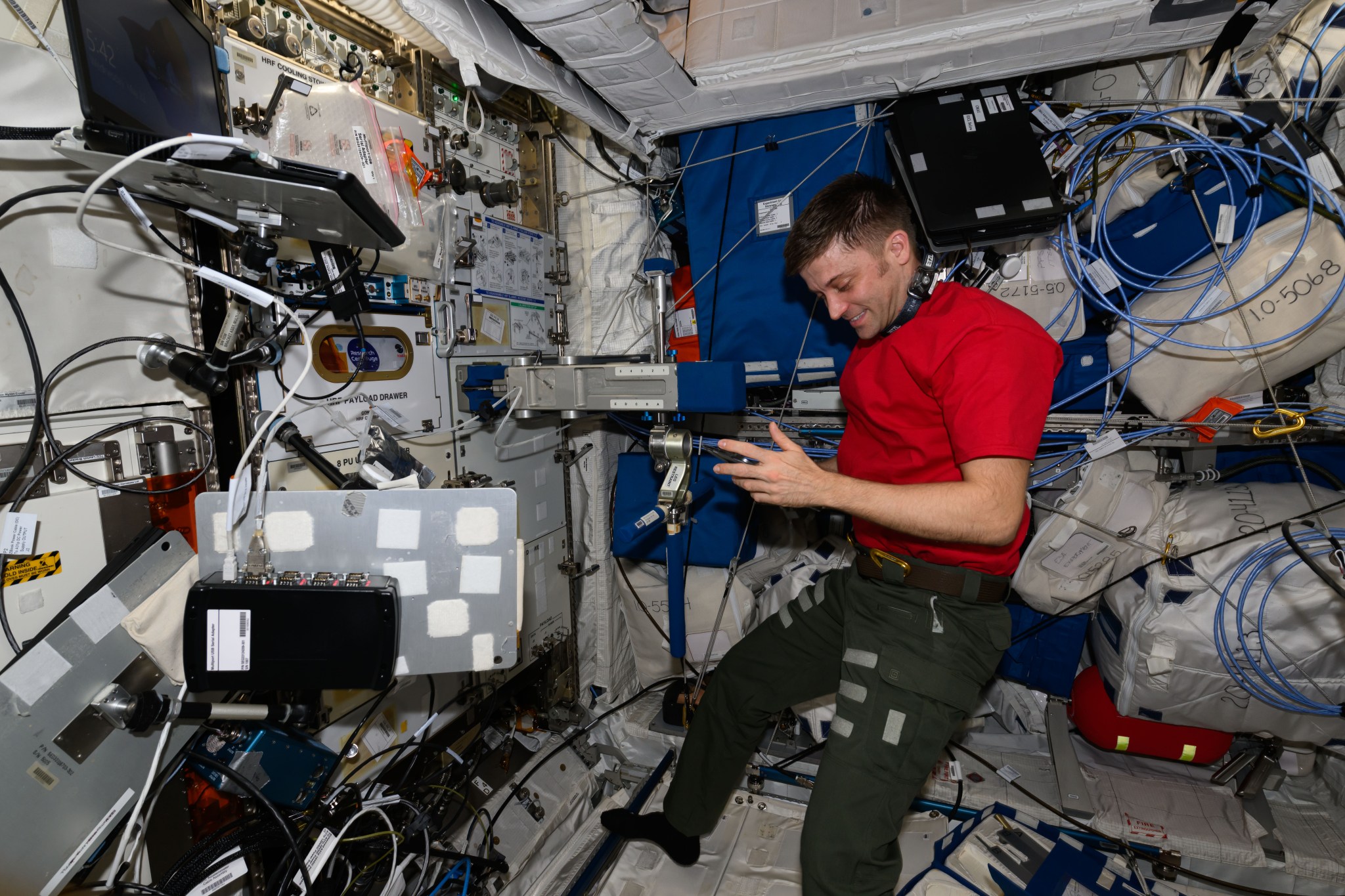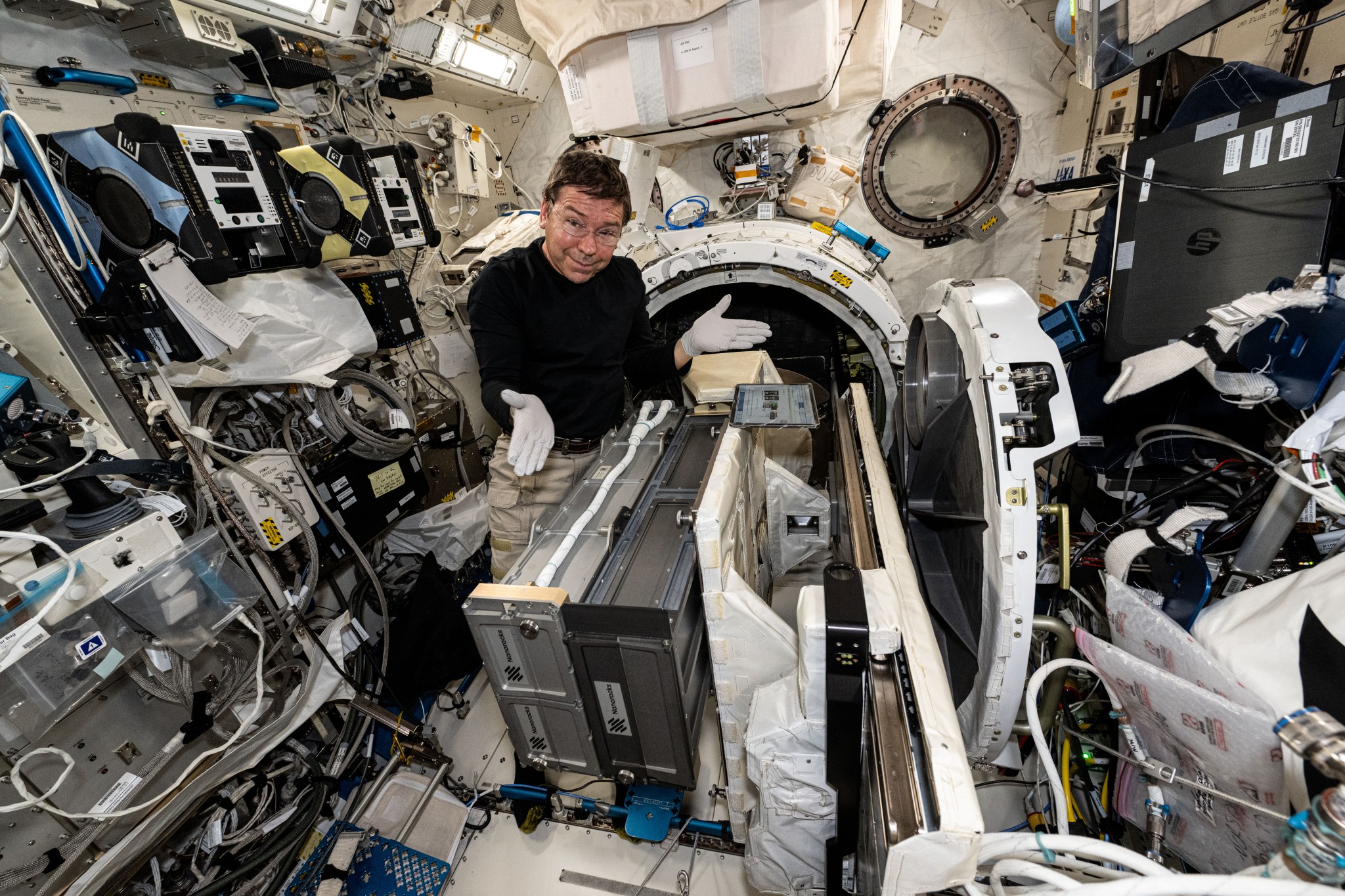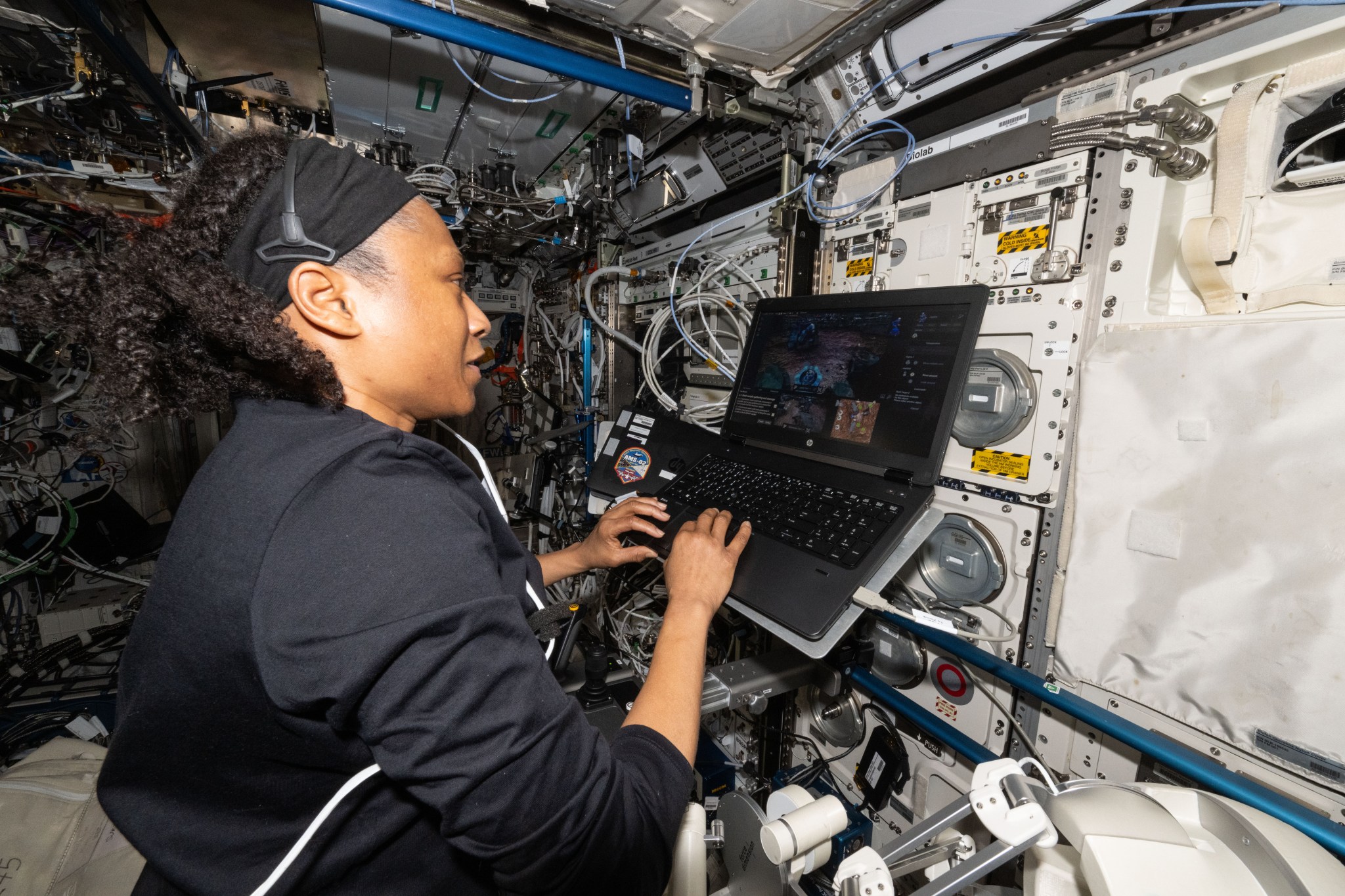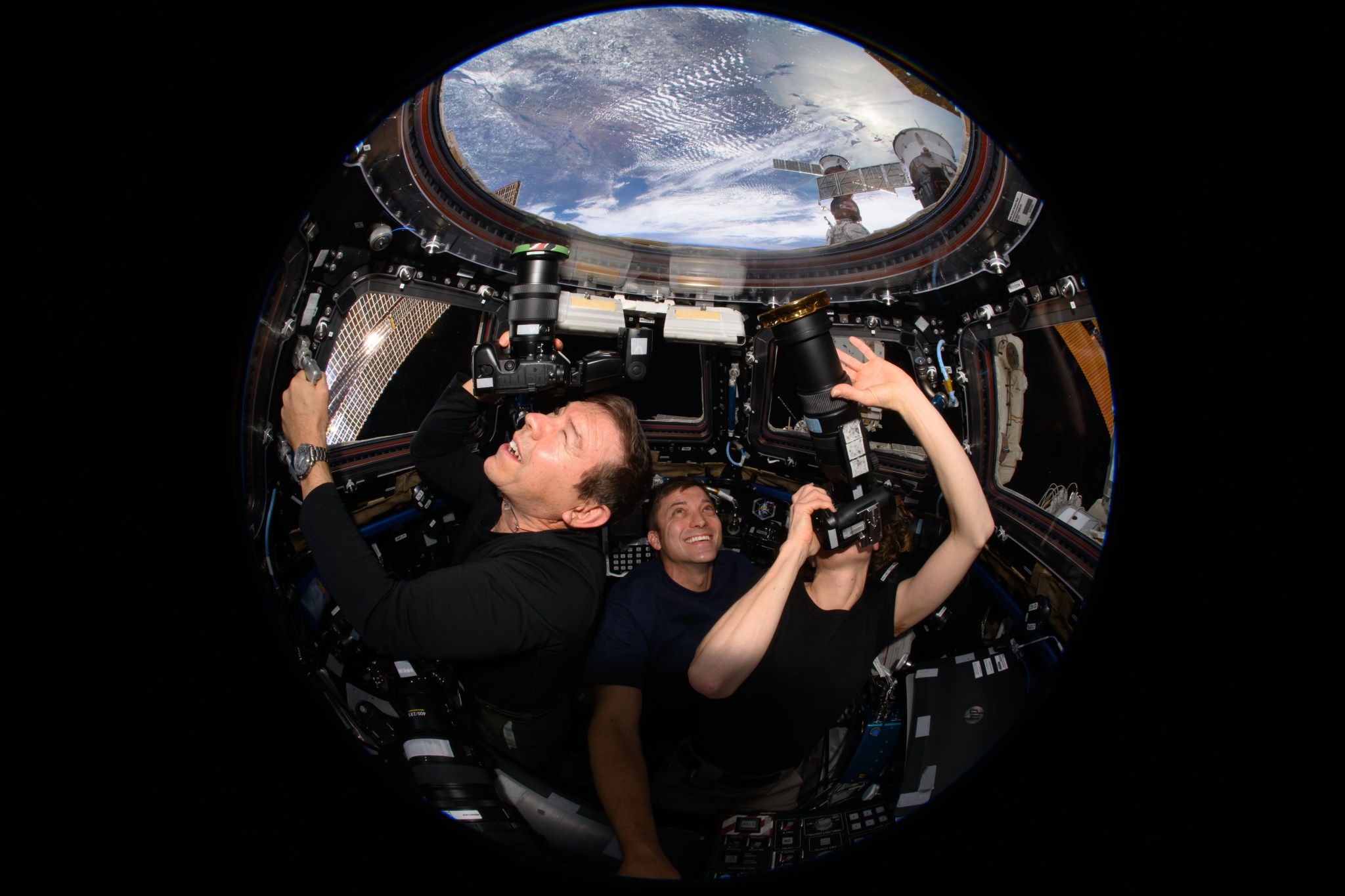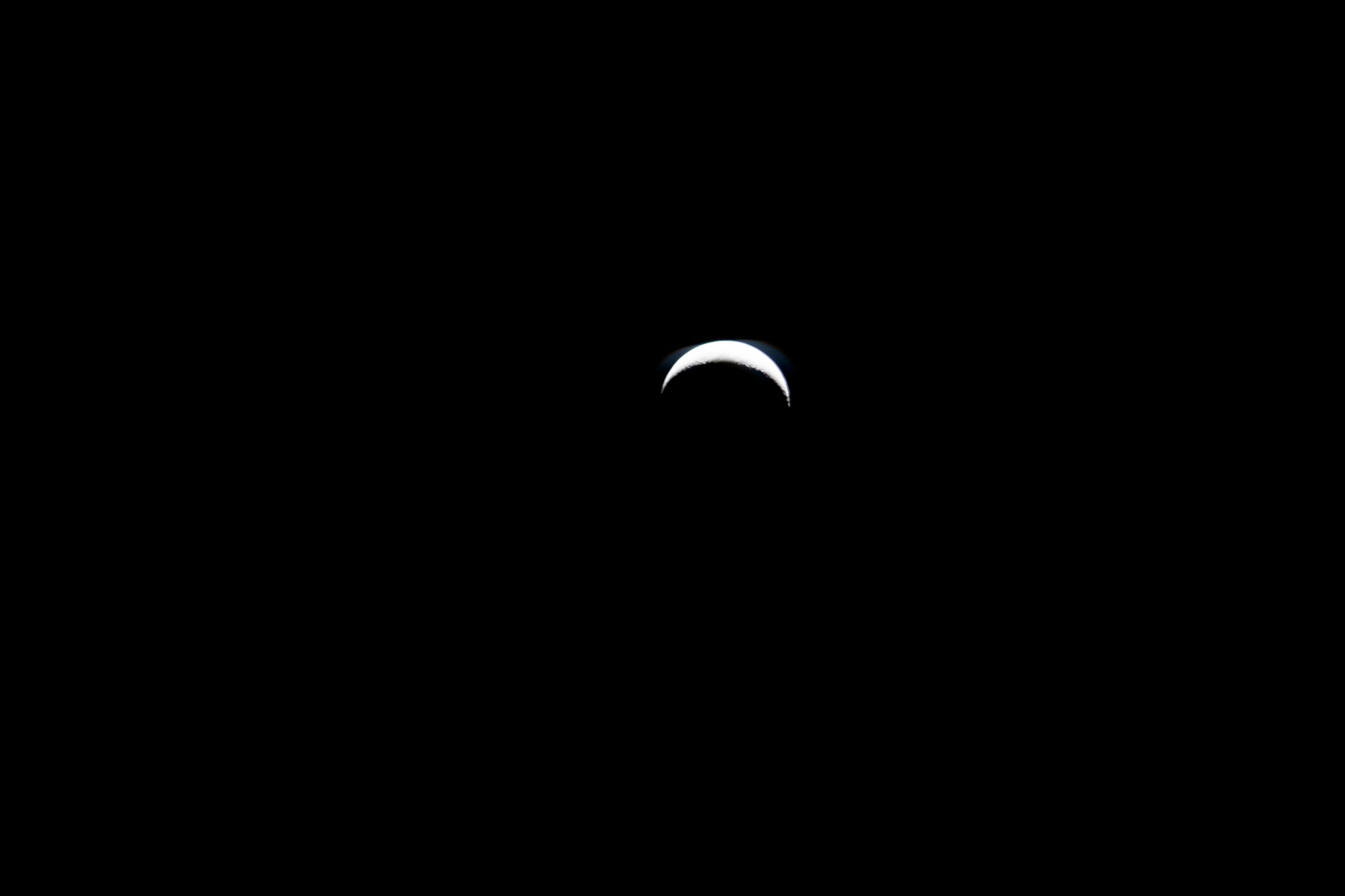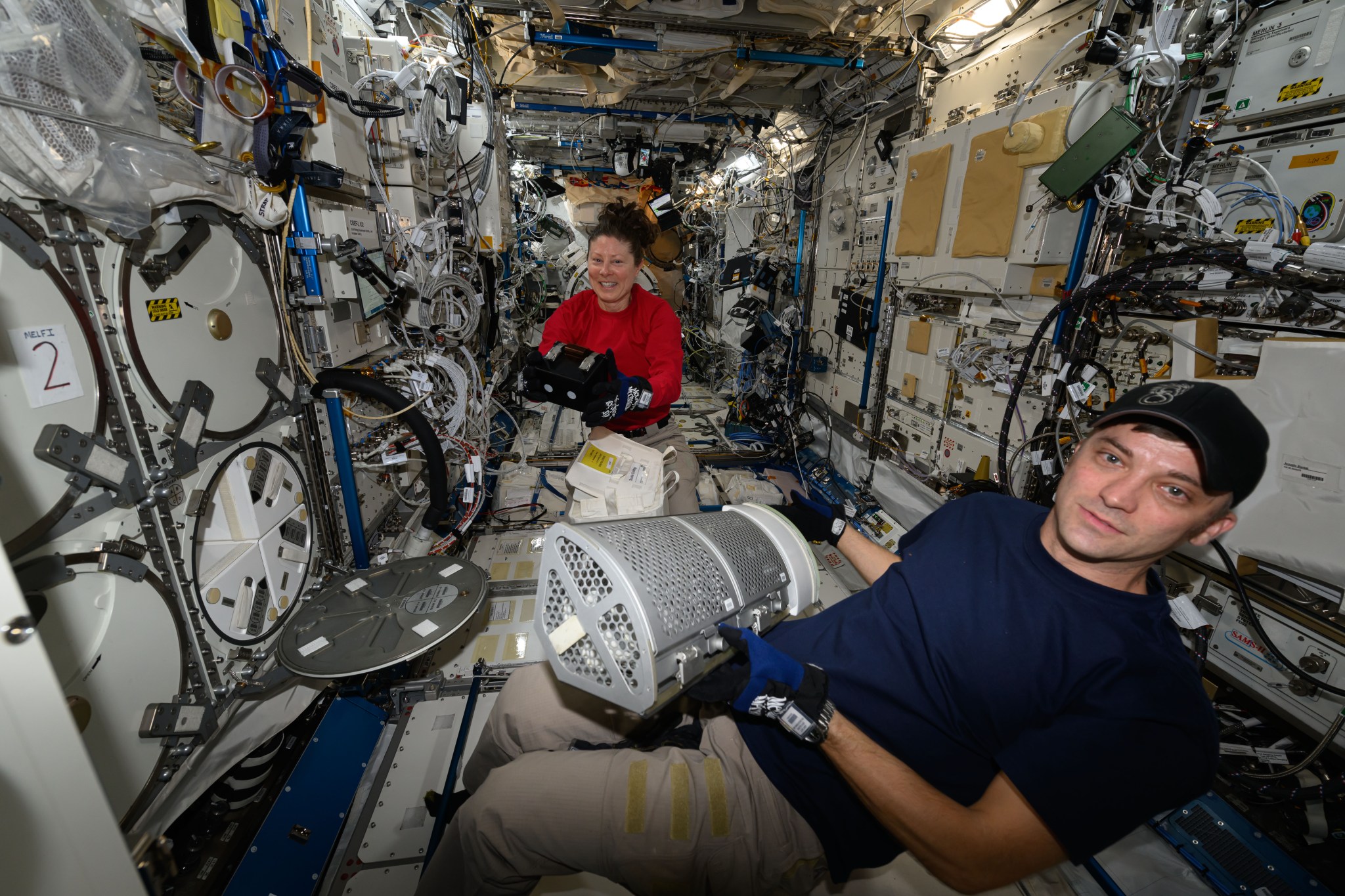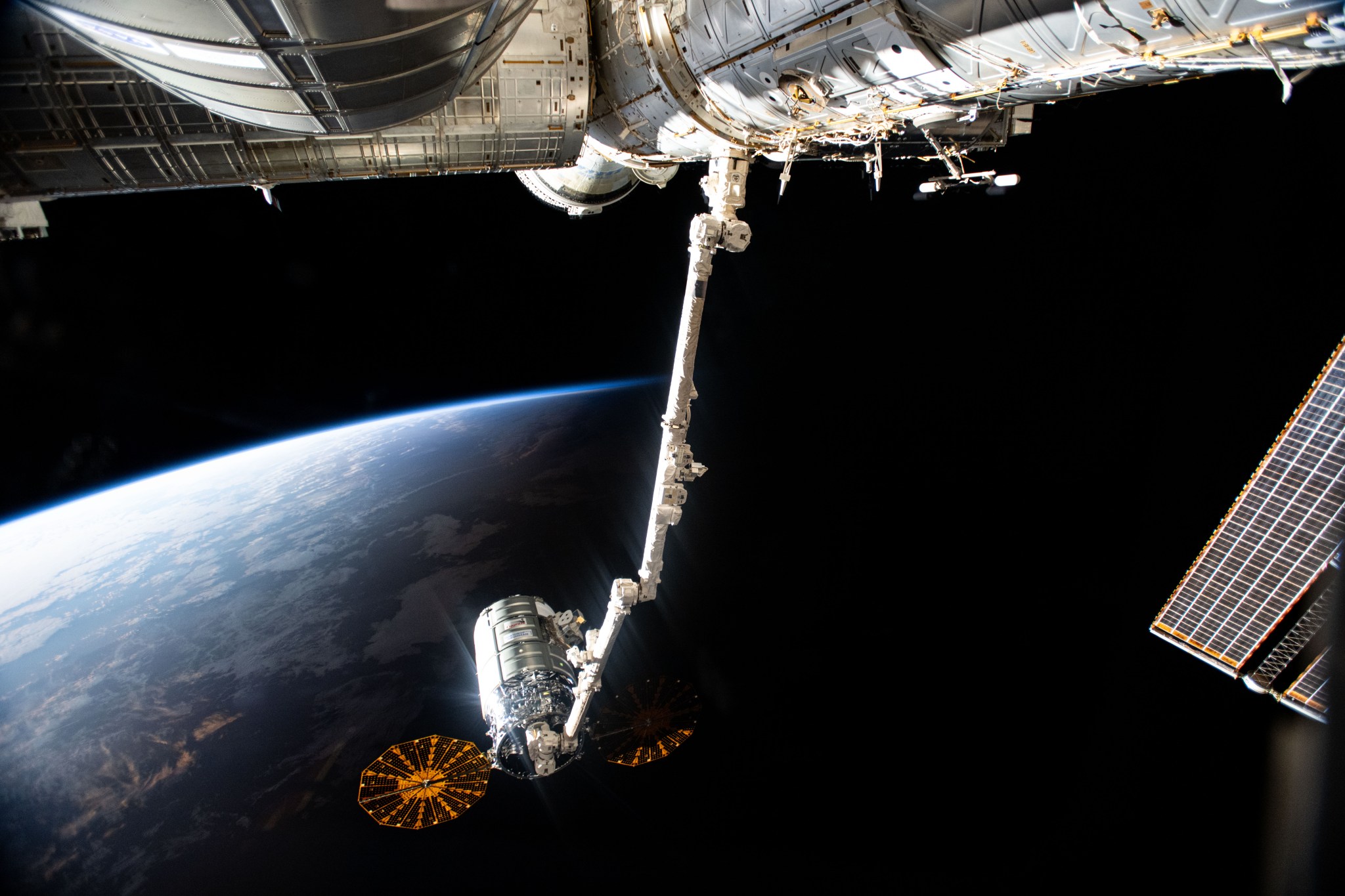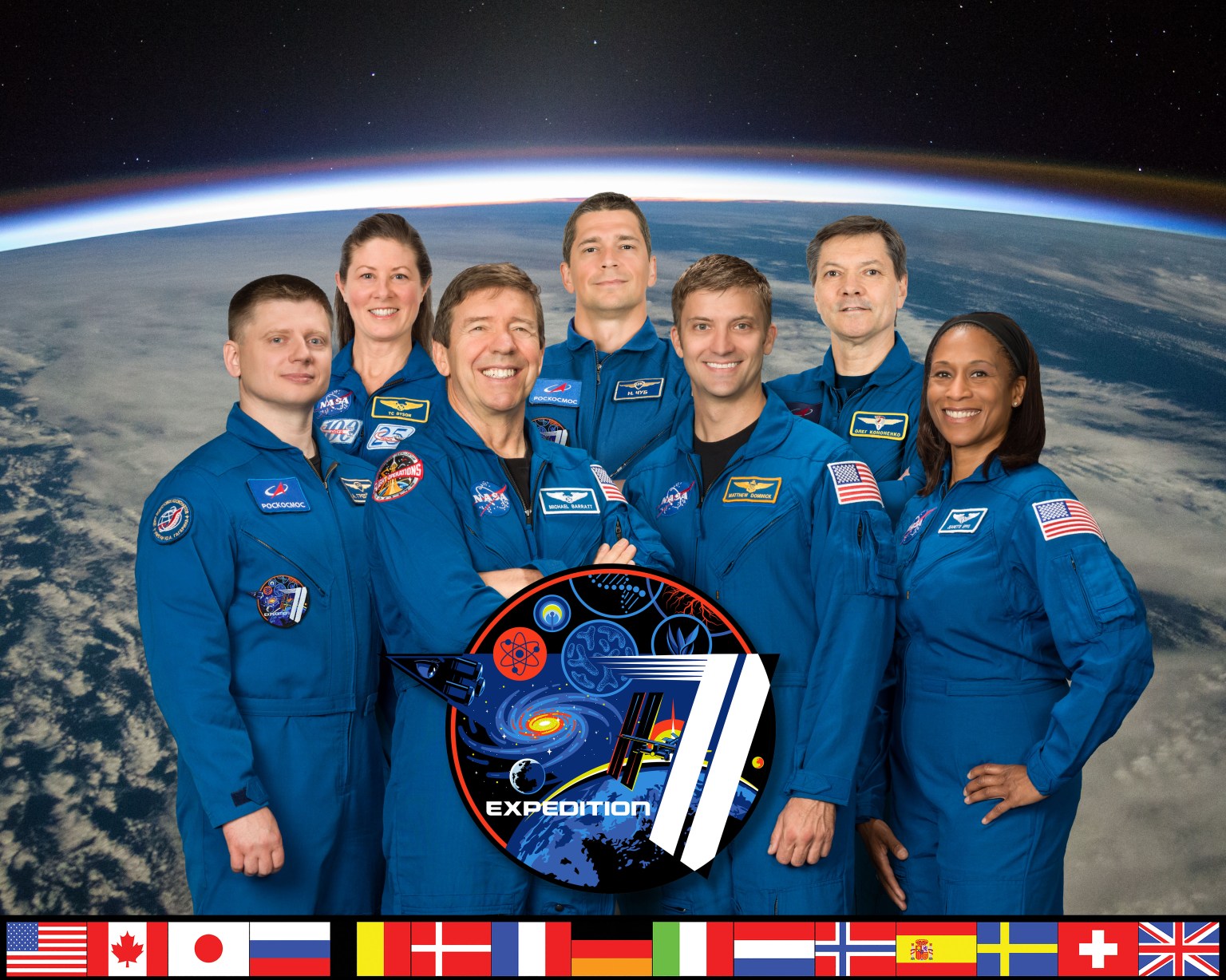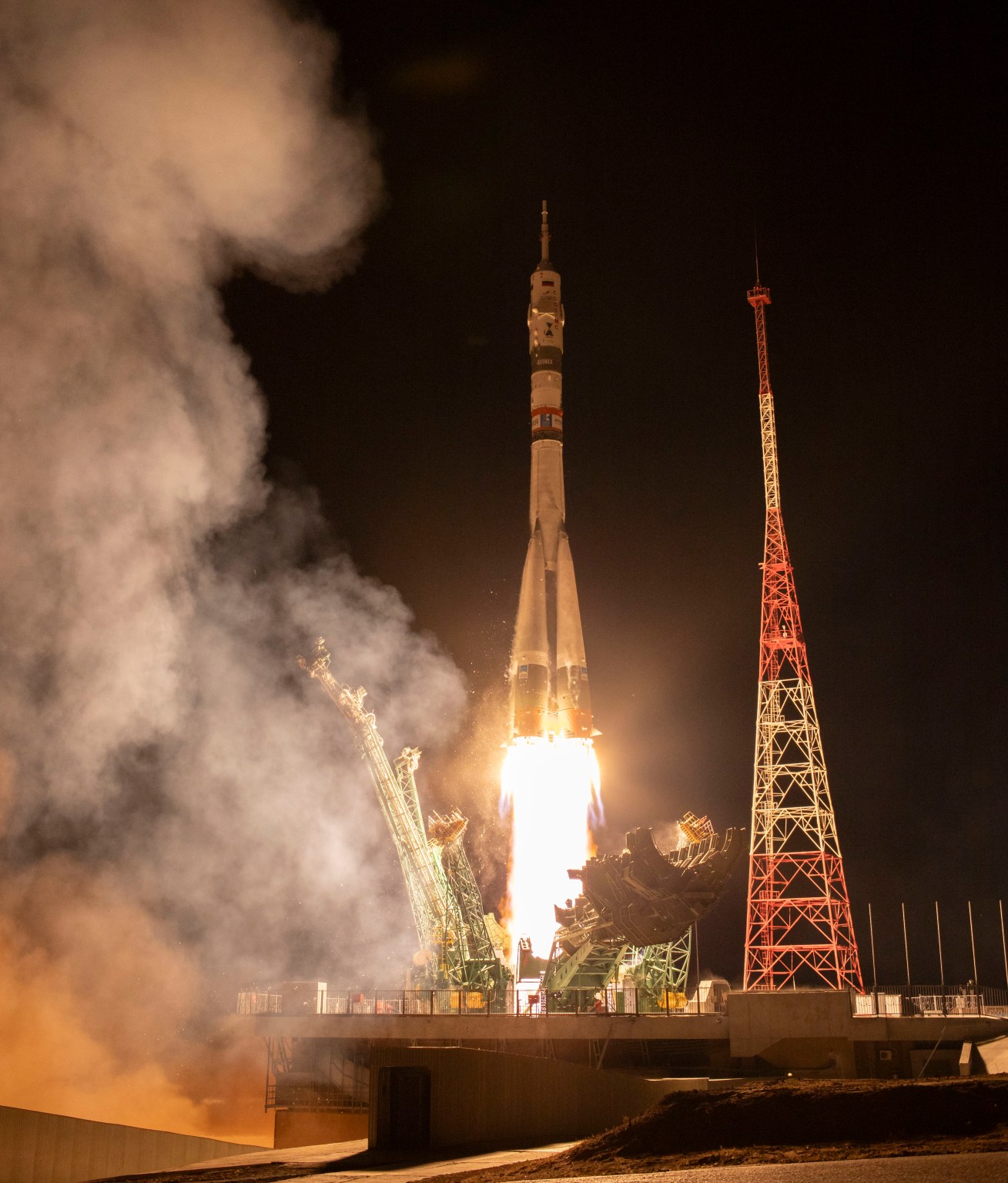NASA astronauts Michael Barratt, Matthew Dominick, and Jeanette Epps and Roscosmos cosmonaut Alexander Grebenkin are returning to Earth after months aboard the International Space Station conducting scientific experiments and technology demonstrations for the agency’s SpaceX Crew-8 mission. The four launched on March 3 aboard a SpaceX Dragon spacecraft from NASA’s Kennedy Space Center in Florida.
Here’s a look at some scientific milestones accomplished during their mission:
Revealing resistant microorganisms
NASA astronaut Jeanette Epps extracts DNA for the Genomic Enumeration of Antibiotic Resistance in Space experiment, which surveys the station for antibiotic-resistant organisms and sequences their DNA to examine adaptations to space. Results could support development of measures to protect astronauts and people in buildings and facilities on Earth, such as hospitals, from resistant bacteria.
Brain organoid models
NASA astronaut Mike Barratt processes samples for Human Brain Organoid Models for Neurodegenerative Disease & Drug Discovery. This investigation uses human brain organoids created with stem cells from patients to study neuroinflammation, a common feature of neurodegenerative conditions such as Parkinson’s disease. The organoids provide a platform to study these diseases and their treatments and to potentially address how extended spaceflight affects the brain.
Bioprinting human tissues
Tissue samples bioprinted in microgravity are higher quality than those printed on the ground. NASA astronaut Matthew Dominick processes cardiac tissue samples for the Redwire Cardiac Bioprinting Investigation. Results could advance the production of organs and tissues for transplant and improve 3D printing of foods and medicines on future long-duration space missions.
Growing better drugs
NASA astronaut Mike Barratt works on Pharmaceutical In-space Laboratory – 02, which uses the station’s Advanced Space Experiments Processor to study how microgravity affects the production of various types of protein crystals. The ability to produce better crystals could lead to manufacturing improvements and new applications and better performance for pharmaceutical compounds, potentially providing more positive patient experiences.
Alloy solidification
NASA astronaut Jeanette Epps works on Materials Science Lab Batch 3a, two projects investigating the solidification of metallic alloys in space. Insights gained could help improve alloy solidification processes on the ground, supporting the development of materials with superior chemical and physical properties for applications in space and on Earth.
Fueling the flames
The Solid Fuel Ignition and Extinction- Growth and Extinction Limit investigation determines how fuel temperature affects material flammability. This image shows the fuel surface during a burn (the black part of the sphere) and the distance traveled by the flame (blue). Results could improve researchers’ understanding of fire growth and inform the development of optimal fire suppression techniques to protect crews on future missions.
Very long-distance calls
NASA astronaut Jeanette Epps wraps up an ISS Ham Radio session on April 10, with students in Italy. The program connects students and enthusiasts with astronauts in space via amateur radio. Participants study space, radio waves, and related topics to prepare questions before their scheduled call.
Student robotics competition
For Astrobee-Zero Robotics, students compete to have their code control one of the space station’s Astrobee robots. The experience helps inspire the next generation of scientists, engineers, and explorers. NASA astronaut Mike Barratt works with the Astrobee robot named Bumble during operations for the project.
Immune function in space
NASA astronaut Jeanette Epps prepares samples for Immunity Assay, a study of how spaceflight affects immune function. Previously, astronaut immune function could only be examined pre- and postflight, but a newly developed assay allows for testing during flight. This capability provides a more precise assessment of the immune changes that happen in space.
Getting weighed in weightlessness
The Space Linear Acceleration Mass Measurement Device calculates a crew member’s mass based on Newton’s Second Law of Motion, which states force equals mass times acceleration. NASA astronaut Matthew Dominick performs maintenance on the device, used in support of multiple NASA and ESA (European Space Agency) investigations on how spaceflight affects the body.
Satellites for science
NASA astronaut Mike Barratt prepares for the Nanoracks Cubesat Deployer Mission 27on April 16. The mission deployed seven research satellites: a reflectometer to measure sea ice, tests of telemetry instruments and solar cells, a hyperspectral thermal imager, a gamma-ray burst detector, a new remote sensing technique, and a magnetic field measurement test.
Remote-controlled robots
NASA astronaut Jeanette Epps remotely manipulates a robot on the ground for Surface Avatar. The investigation tests system ergonomics, operator response to feedback, and the potential challenges for actual orbit-to-ground remote control. Such operation is an important capability for future exploration missions to the Moon and Mars.
The power of photographs
NASA astronauts Mike Barratt, Matthew Dominick, and Loral O’Hara take photographs in the station’s cupola, adding to the more than 4.7 million images produced for Crew Earth Observations. These images support scientific studies on topics ranging from aquatic organisms and icebergs to the effects of artificial lighting at night and inform the response of decision-makers to natural disasters such as volcanoes and floods.
Reflections on the Moon
For Earthshine from ISS, astronauts photograph the Moon throughout the lunar cycle to study changes in the light it reflects from Earth. Results could help validate the concept of observing Earth’s climate from satellite-borne instruments and add to researchers’ understanding of how the planet’s climate is changing.
Packing a Dragon
NASA astronauts Matthew Dominick and Tracy C. Dyson pack frozen samples into the SpaceX Dragon spacecraft for return to Earth and analysis by researchers. The spacecraft launched to the orbiting laboratory on March 21 for NASA’s SpaceX 30th commercial resupply services mission, carrying scientific experiments and supplies, and returned to Earth on April 30.
Cygnus delivers
Northrop Grumman’s Cygnus cargo spacecraft attached to the Canadarm2 robotic arm before being released from the space station on July 12. NASA’s Northrop Grumman 20th commercial resupply services mission arrived Feb. 1 with experiments on 3D printing, robotic surgery, tissue cartilage, and more.
Melissa Gaskill
International Space Station Research Communications Team
Download high-resolution photos and videos of the research mentioned in this article. Search this database of scientific experiments to learn more about those mentioned in this article.

